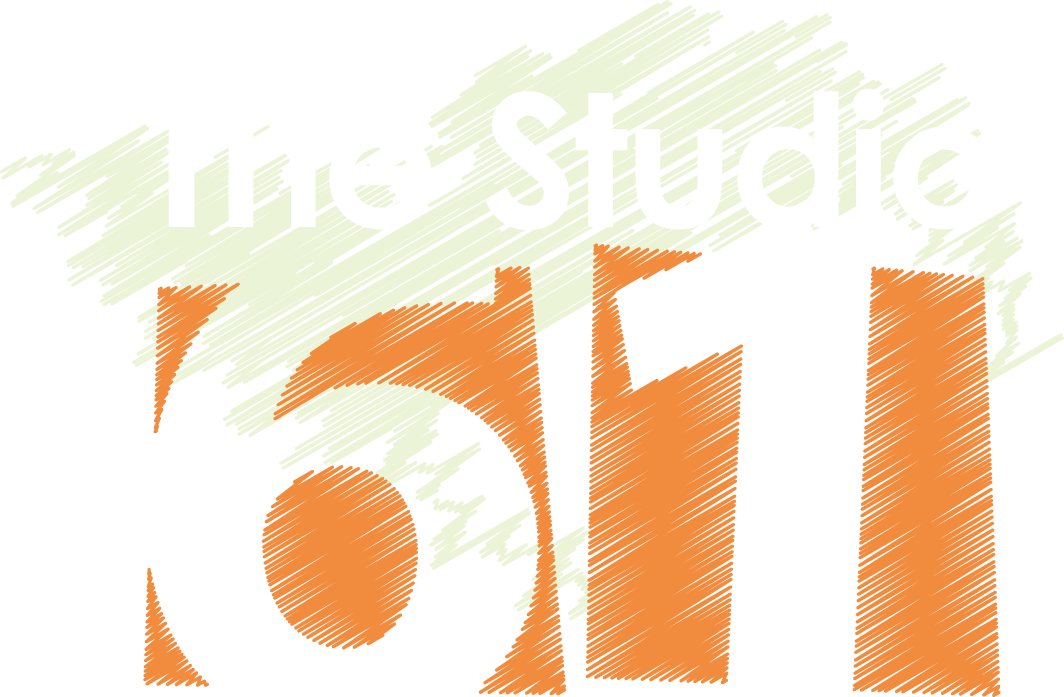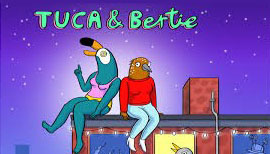 Tuca & Birdie materialized on my screen because Netflix knows I like animation, female comics, and art by and about women and culture. Thank you, Netflix! If you have not watched Tuca & Bertie, put it in your cue for laughs and contemplation. Enjoy it for the delightful images, the characters, and the clarity of love between friends. The “fall off the couch” humor is delivered in dialogue and music by the irrepressible Ali Wong ( who made pregnancy so absurd and laughable), and Tiffany Haddish, whose Tuca is a mashup of every best friend you ever had.
Tuca & Birdie materialized on my screen because Netflix knows I like animation, female comics, and art by and about women and culture. Thank you, Netflix! If you have not watched Tuca & Bertie, put it in your cue for laughs and contemplation. Enjoy it for the delightful images, the characters, and the clarity of love between friends. The “fall off the couch” humor is delivered in dialogue and music by the irrepressible Ali Wong ( who made pregnancy so absurd and laughable), and Tiffany Haddish, whose Tuca is a mashup of every best friend you ever had.
The story includes a girlhood sexual assault of one of the characters. The sensitivity shown in telling the story , in words and images, brought the series to a whole new level of importance.
A million thanks to Lisa Hanawalt, who created this work.
After watching the show, I searched for artists who have had something to say about trauma and #metoo.
In classical art, rape is a frequent topic that is often cleaned up and romanticized by male artists. Starting in the 20th century artists began to apply the female gaze to the subject.
Here is a small selection of all the wonderful work out there:
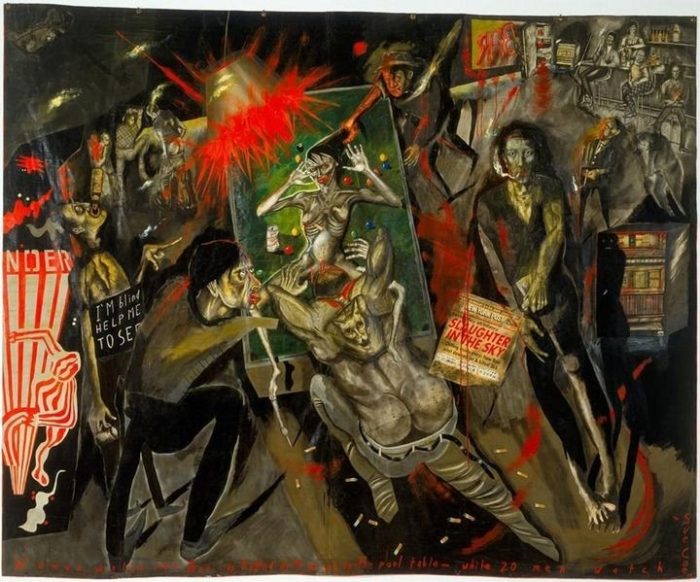
“Woman Walks into Bar — Is Raped by Four Men on the Pool Table — While 20 Watch” by Sue Coe 1983. Depicts reality that four men brutally and publicly gang-raped a 21-year-old woman while patrons in a New Bedford, Massachusetts, tavern looked on and did not intervene.
Then we have then incomparable Betty Tompkins works referring to #metoo:
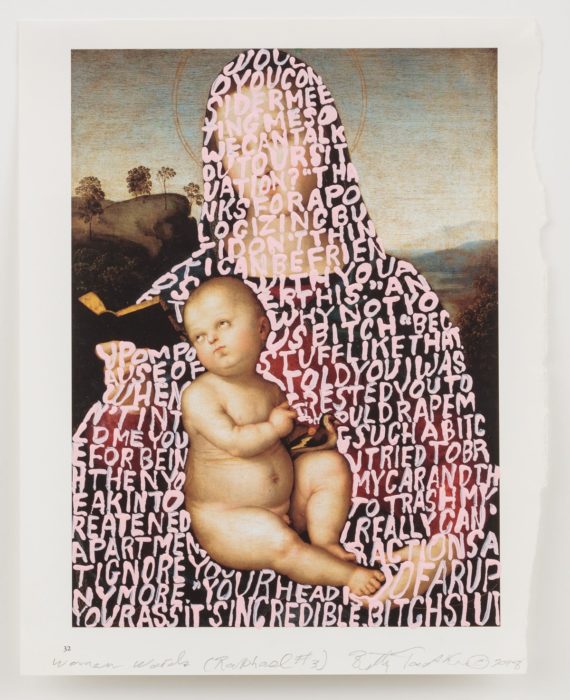 For her latest series, entitled “Apologia” (2018), artist Betty Tompkins has literally dismantled art history books in order to make a statement about gender equality. Each follows a similar format: pink text, painted atop reproductions of old paintings. All the language derives from public apologies that Chuck Close, Matt Lauer, and other prominent figures have made in response to recent sexual harassment scandals.
For her latest series, entitled “Apologia” (2018), artist Betty Tompkins has literally dismantled art history books in order to make a statement about gender equality. Each follows a similar format: pink text, painted atop reproductions of old paintings. All the language derives from public apologies that Chuck Close, Matt Lauer, and other prominent figures have made in response to recent sexual harassment scandals.
For her latest series, entitled “Apologia” (2018), artist Betty Tompkins has literally dismantled art history books in order to make a statement about gender equality. Each follows a similar format: pink text, painted atop reproductions of old paintings. All the language derives from public apologies that Chuck Close, Matt Lauer, and other prominent figures have made in response to recent sexual harassment scandals.
Eliza Hatch, a photojournalist created “Cheer Up Luv,” a series of photographs and interviews retelling women’s stories of sexual harassment. Since launching the project, she’s featured over 100 women in three different cities London, New York, and Tokyo.
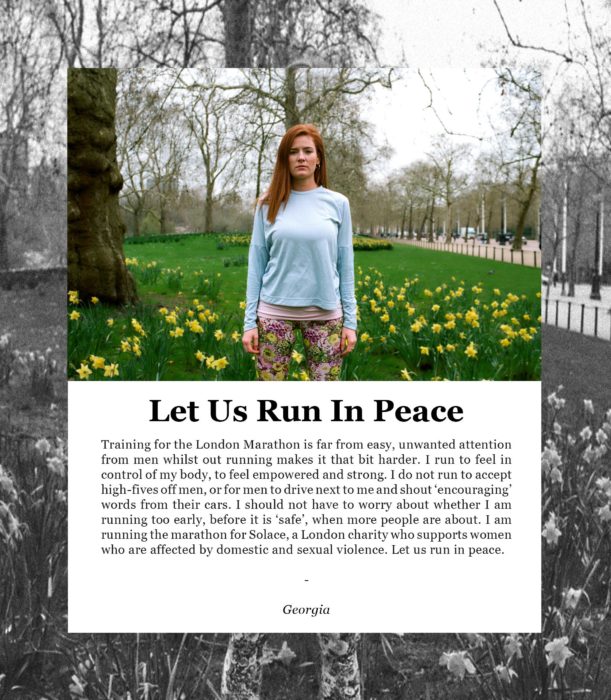
Before the viral #metoo movement began, Hatch says, “When I asked women whether they experienced harassment, most women would either say all the time or that they didn’t know if it counted as harassment. Post the #metoo movement, women have now started to realize that their experiences are valid and that their stories have a voice.”
“I started the project as a way of showing my male friends the kind of things we would have to put up with, as they never used to believe the scale of the issue when we spoke about it in group situations,” she says, “However as the project grew, it became more than just raising awareness.” Today, “Cheer Up Love” has become a global platform for women to find solidarity and strength. “The support from men and women for the project has been immense, and encourages me to continue my work.” Hatch intends to expand the project and encourages anyone with a story to reach out to her on Instagram @cheerupluv.
In the series Portals, I had such difficulty creating images exploring childhood rape that I used appropriation and revision to tell the story. This process helped me to define how we as humans go from innocence to knowing. Like me, many girls first sexual experience is rape.

Visual artists, writers, poets, film makers and musicians have something to say on the subject violence against women. I encourage you to explore their work. Solving the problems addressed in the #metoo movement need artists to be part of the conversation. Creative expression creates a valuable space, a pause in between conversations to be vulnerable, expressive and understood. That is why art in the #metoo movement is critical and only just beginning.
